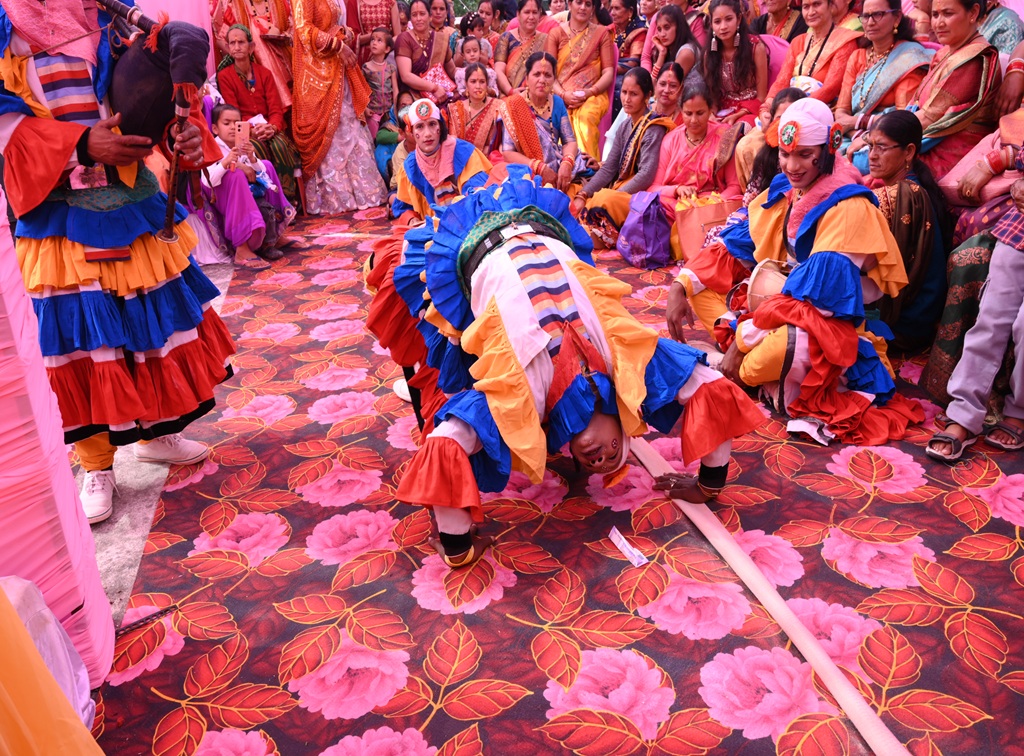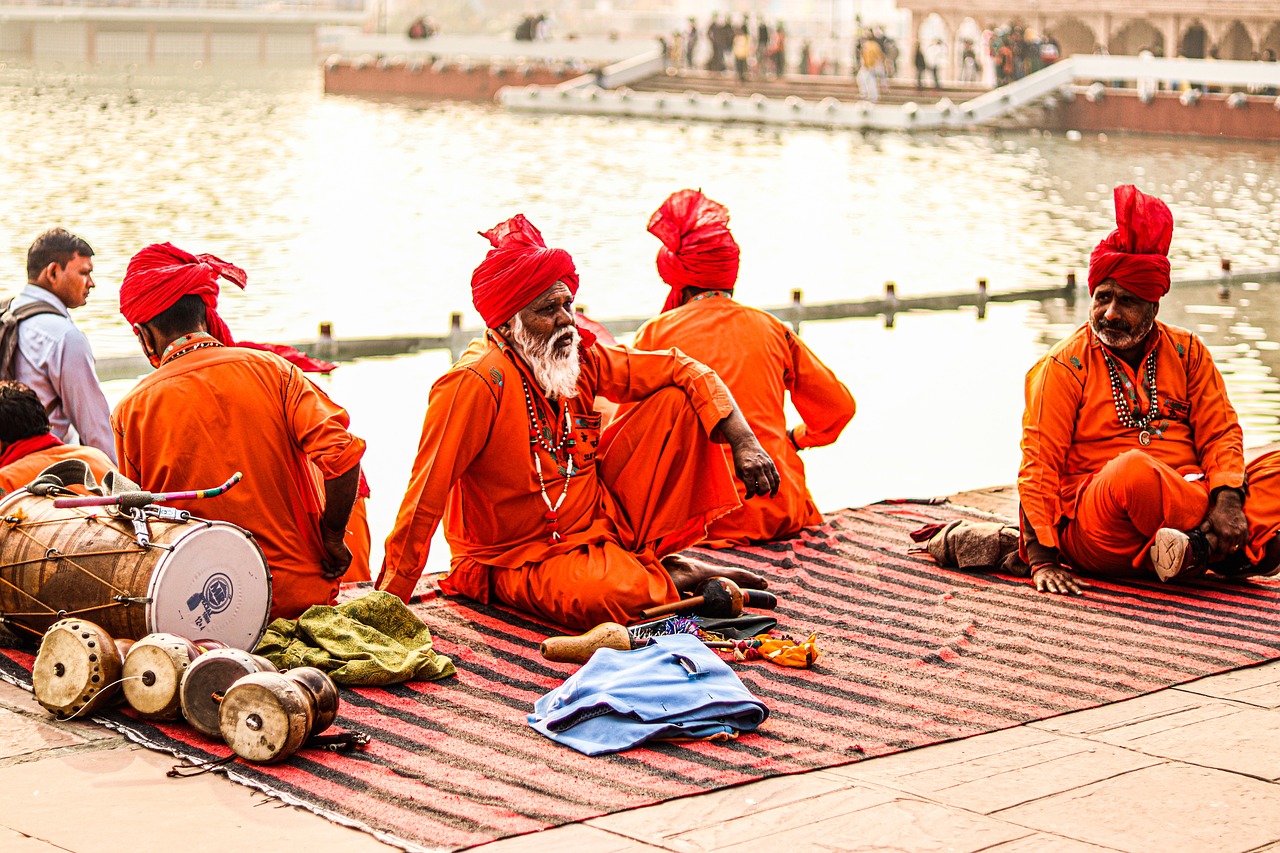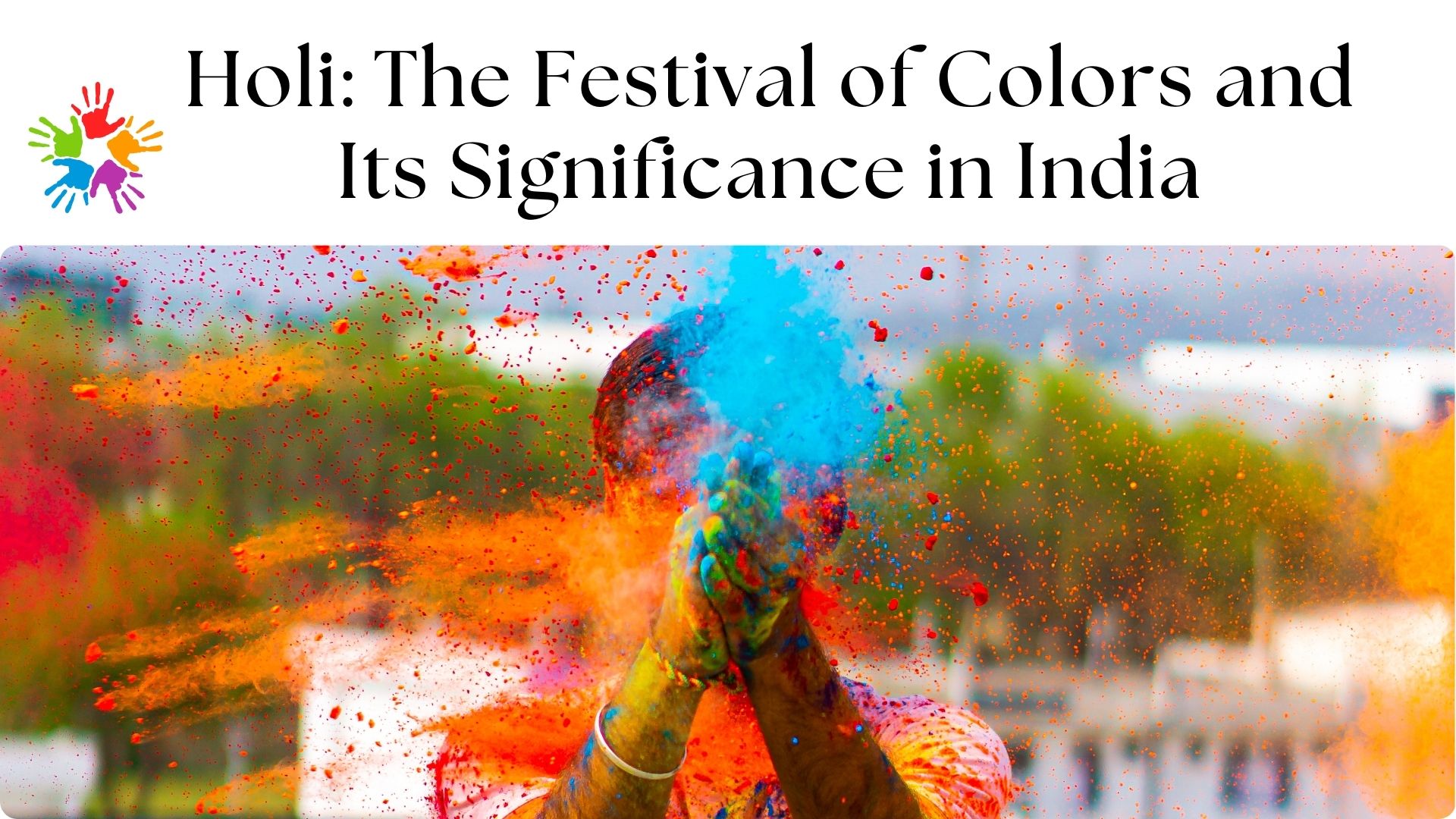Uttarakhand, often referred to as “Devbhoomi” (Land of the Gods), is a state rich in cultural diversity and traditions that have been preserved for centuries. The people of Uttarakhand, primarily consisting of the Garhwali and Kumaoni communities, along with various indigenous tribes like the Jaunsari, Bhotia, and Tharu, practice unique customs that reflect their deep-rooted connection to nature, spirituality, and their rich heritage. Here are some of the most fascinating traditions of different communities in Uttarakhand.
1. The Traditional Wedding Customs of the Kumaoni and Garhwali Communities
One of the most distinctive features of a Kumaoni or Garhwali wedding is the absence of a “Baraat” (groom’s procession). Instead, the wedding rituals are more intimate and family-oriented. A key ritual in Kumaoni weddings is the “Chholiya Dance,” where men dressed in traditional attire perform a sword dance to the beats of traditional drums and bagpipes. This dance is believed to ward off evil spirits and bring good fortune to the newlyweds.

Garhwali weddings include a ritual known as “Dwar Pooja,” where the groom is welcomed with traditional prayers, and “Bidhai,” a ceremony that marks the bride’s farewell in a highly emotional setting. Unlike other Indian weddings, Garhwali weddings are deeply rooted in simplicity and sustainable practices.
2. Jaunsari Polyandry System
The Jaunsari tribe, residing in the Jaunsar-Bawar region of Dehradun district, has a unique tradition of polyandry. In this system, all brothers in a family marry a single woman, a practice believed to have originated from the Mahabharata’s story of Draupadi and the Pandavas. This tradition was historically practiced to ensure equal distribution of ancestral land among brothers, thus preventing its division.
3. Butter Festival (Anduri Utsav) of Jaunsari Community
The Butter Festival, locally known as “Anduri,” is celebrated in the village of Dayara Bugyal. This festival is dedicated to Lord Krishna and involves smearing butter and buttermilk on each other in a manner similar to Holi. It is believed to be a tribute to Lord Krishna’s love for butter and is a unique celebration that symbolizes joy and gratitude towards nature.
4. Harela Festival – A Symbol of Prosperity
Harela, a festival deeply associated with the agricultural cycle, is celebrated primarily in the Kumaon region. It marks the beginning of the monsoon and is observed by sowing barley or wheat seeds in small baskets. After ten days, the sprouted plants are cut and placed behind ears or in homes as a symbol of prosperity and good harvest. People also make clay idols of deities during this festival and conduct family prayers.
5. The Somnath Mela of the Rung Community
The Rung community, an indigenous tribe living in the high-altitude areas of Pithoragarh, celebrates the Somnath Mela, a grand fair dedicated to Lord Shiva. During this festival, locals gather in traditional attire, perform folk dances, and showcase handicrafts. It is also a major event for traders who sell rare Himalayan herbs, woolen garments, and other local products.
6. Bhotiya’s Wool Spinning and Weaving Tradition
The Bhotiya community, found in the higher Himalayan regions, follows a tradition of wool spinning and weaving. The community, known for its trans-Himalayan trade, weaves exquisite woolen garments such as “Pankhi” (woolen shawls) and “Lohi.” These handwoven products are not only used for daily wear but also hold religious significance and are often exchanged as gifts during special occasions.
7. Pandav Lila – A Living Tradition of Mythology
Pandav Lila is a folk theatrical performance based on the Mahabharata. Predominantly performed in the villages of Garhwal, this tradition involves elaborate storytelling through dance and music. The performers, who are considered mediums of divine energy, enter a trance-like state while enacting scenes from the Mahabharata. It is believed that the spirits of the Pandavas descend to bless the villagers during the performance.
8. Bagwal – Stone Pelting Festival of Champawat
Bagwal is a unique festival celebrated at the Devidhura temple in the Champawat district. It involves a ritualistic stone-pelting fight between different groups of villagers. The event, held on Raksha Bandhan, is believed to have originated as a form of blood sacrifice to appease the deity Maa Varahi. Over time, protective shields and softer fruits have replaced stones, making the festival safer while preserving its historical significance.
9. Bissu Mela – The Harvest Festival of Jaunsar-Bawar
Bissu Mela, celebrated by the Jaunsari community, marks the beginning of the agricultural season. The festival features traditional music, dance, and community feasts. It is believed that the festival invokes divine blessings for a prosperous harvest. One of the highlights of this festival is the dramatic performances depicting local legends and folklore.
10. The Ritual of Aipan Art in Kumaoni Homes
Aipan is a traditional art form unique to the Kumaon region. It involves intricate designs made using a paste of rice flour on the entrances, walls, and places of worship. Aipan is considered auspicious and is especially drawn during festivals and special occasions such as marriages and childbirth ceremonies. The motifs used in Aipan have deep religious and spiritual meanings.

